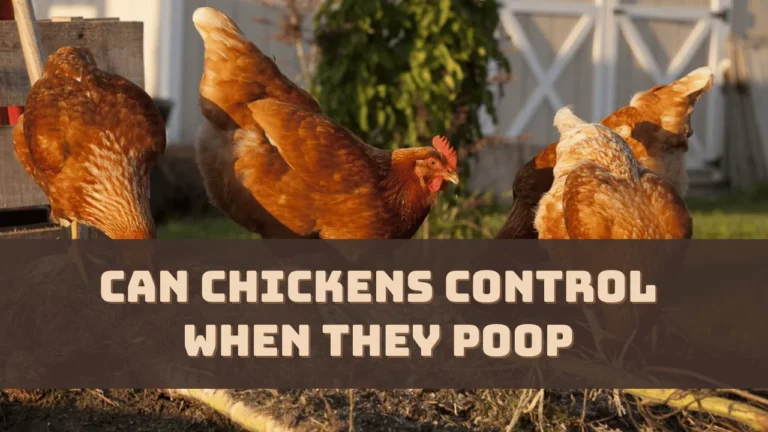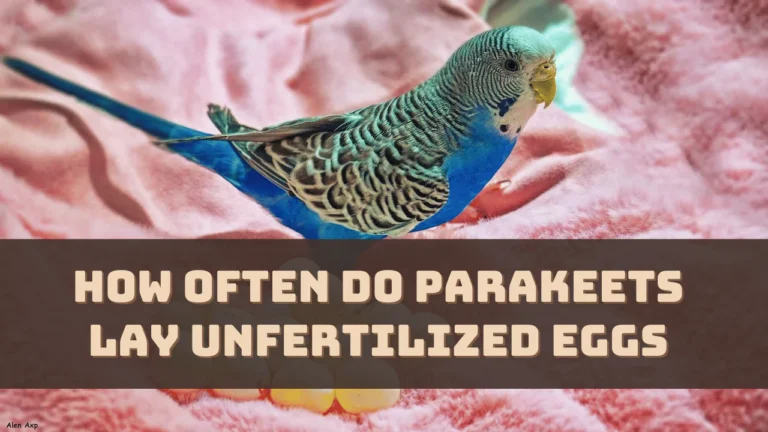Birds are known to show interesting courtship methods, followed by mating behavior, and forming strong social bonds. However, due to high competition, they have also adapted to different strategies that would safeguard their parenthood.
So, if you are wondering how birds reproduce, then this guide has all the answers about courtship, mating, and parenthood.
What is the Process of Reproduction in Birds?
There is a series of behaviors that birds go through to complete the reproduction process, which involves attracting the mate, internal fertilization, egg formation, and laying of eggs. The reproductive strategies vary drastically among the bird species, as they involve different environments and lifestyles.
Here’s a generic view of the reproduction process among the birds:
Breeding Ground
During the mating season, birds try to find a perfect breeding ground that would be suitable and secure for the hatchlings. Some species of birds return to their previous homeland or birthplace looking for a mate while others go to new places.
Courtship Rituals
Birds show various displays, which can involve showing off feathers or plumage, dancing or singing to attract their mate. Mostly the displays are exhibited by a male to attract a female bird. For example, songbirds display vocalization or complex songs to establish territory, Birds of paradise show colorful plumage display, whereas other birds display dances or aerial acrobatics.
In some exceptional cases, birds are seen to get involved in mutual feeding and giving gifts, during the mating ritual. Some even get engaged in duets or preening each other’s feathers which signify their compatibility and commitment towards each other.
The stronger the bond, the more successful nesting can be achieved. Courtship helps the birds to find the potential mate and the displays are indicators of genetic quality and good health.
Mating Ritual
After the birds choose their mates, internal fertilization takes place, where the sperm from the male and the egg from the female fertilize through copulation. Sperms are transferred to the female reproductive tract and zygote formation takes place.
The cloaca serves as the all-in-one chamber and the copulation takes place through the “cloacal kiss”. During this process, for a few seconds, the male and female cloacas come in contact to transfer the sperm into the female reproductive system. The copulation process can also extend to a few minutes, based on the bird species.
What is a Cloacal Kiss?
“Cloacal kiss” is a mating process, where the cloacas of the male and female birds come in contact to transfer sperm. Cloaca is a multi-functional opening that is meant for the digestive urinary and reproductive system, and it is the same opening through which an egg is laid, making it the most important anatomical feature of the bird’s survival.
What Factors Influence the Mate Selection?
Various factors influence mate selection by birds, such as – physical attributes, social dynamics, environmental conditions, and competition. Season mating patterns are also seen based on specific environments. Nesting sites also influence the selection process as both males and females contribute to building a successful nest, as long-term bonding is required to care for and protect the hatchlings.
Nest Building
After a successful mating, the birds indulge in nesting. Both partners build a nest using twigs, leaves, and mud. Some birds prefer building the nest on tree branches or cavities, while others prepare ground nesting. After fertilization, the female bird produces eggs and these are passed through the oviduct. A layer of albumen, membranes, and a hard shell is added, and when the egg is fully formed, it comes out of the bird through the cloaca. On average, it can take 24 to 48 hours to lay an egg, after fertilization.
Parenting Journey
Now begins the process of incubation and the period tends to vary from species to species and on average it can take 2 – 4 weeks. During this period, the parent birds share the responsibility of looking after the eggs. They either take turns to sit on the eggs to protect and keep them warm, otherwise, the female bird takes the responsibility of incubation and the male bird brings food for the counterpart.
The chicks break through the shell using an egg tooth, when it is time, and parents feed them until they become independent and are able to look for food and protect themselves. Often, other birds are also seen to take part in parental care and this is known as cooperative breeding.
What is Altricial Chick Vs. Precocial Chick?
Based on the level of care a chick requires right after hating, they can be categorized into Altricial chicks and Precocial Chick:
- Altricial Chicks are delicate and require intensive care. They hatch blind and are covered with thin, down feathers. They cannot take care of themselves and are flightless. These chicks require a high level of parental care.
- Precocial Chicks are a much-developed variant of chicks who have juvenile feathers and within a few days, they gain the ability to walk and look for food. The need for parental care is much less comparatively.
What is the Difference in Male And Female Bird’s Reproductive Anatomy?
The male and female birds both have cloacal openings, however, females have a pair of ovaries that connect to the cloaca through the oviduct, but males have a pair of testis that are responsible for producing and storing sperms. Some species of male birds, such as ducks, have a penis which takes part in the sperm’s transfer.
Do Birds Mate for Life?
Some birds have a single partner life long, such as swans, geese, and eagles whereas other species of birds can have multiple partners within a single breeding season.
How Often Do Birds Mate?
Birds mate throughout the breeding season, but they lay eggs either once or twice a year. There are exceptions too, where the bird does not mate every year, but every 2 or 3 years, such as the Harpy Eagle.
What Factors Influence Mating Frequency?
Mating frequency is governed by the availability of food and climatic conditions. Studies show that when there are abundant food resources available, the mating frequency increases, as during reproduction the energy requirement increases. If there is abrupt climate change, such as drought, then the breeding season gets delayed, as well as the breeding frequency decreases. Other than this predator’s presence, habitat, comfort, and competitiveness also influence the mating frequency.
On What Factors Does Reproductive Success Depend?
Reproductive success depends on various factors, such as – environmental conditions, availability of resources, nest site selection, interaction with other birds in the flock, and presence of predators around the nesting site. A successful reproductive effort leads to stability and growth of the bird population.
Do Birds Mate with Birds of Other Species?
Yes, around 16% of the bird species are known to indulge in hybridization, where they mate with birds of other species, and it can be only successful if the birds are closely related.
Why is Bird Mating Essential?
Bird mating ensures the survival of the bird species and it also helps to maintain genetic diversity, population growth, and ecological balance.


![Can Ducks Have Celery? [Explained] 7 Can Ducks Have Celery](https://masterbirds.com/wp-content/uploads/2024/02/can-ducks-have-celery-768x432.webp)

